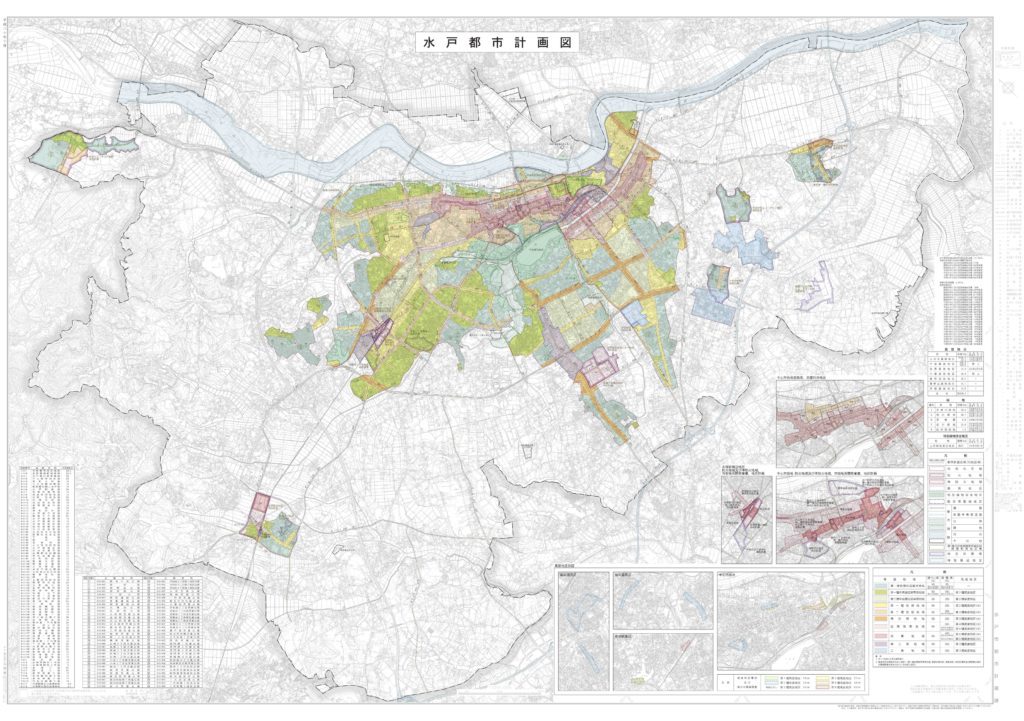Hello! I’m Yamaken (@yama_architect) ^ ^.
I’m Yamaken, and I’ve been writing about architecture, urban planning, and real estate for a while now.
I think it’s safe to say that most people.
In the wake of the spread of the new coronavirus (COVID-19), the number of opportunities for face-to-face contact between people has been greatly reduced.
I believe that this is the beginning of a shift in the way we communicate, from face to face physical contact to a society in which social networking services (SNS) account for a large percentage of the communication we used to take for granted.
I don’t think this is a short-term situation.
In fact, the impact of covid-19 has been ongoing for more than a year.
目次
We can’t go back to the state in 2019.

I’m sure many of you are aware of this.
Until vaccines and treatments are available to the public and the world, there will probably be many rounds of self-restraint and cancellation of self-restraint. This is assuming that the virus does not mutate.
If the virus does mutate, we will have to repeat the self-restraint and the lifting of the self-restraint.
And this state of society is expected to continue even after the end of the coronavirus.
It is conceivable that some companies will not break their behavioral pattern of taking it for granted that people will come to work as usual.
However, if it can be proven that you can maintain or even increase your current productivity without coming to work (which many companies will do), commuting will become a waste of time and a waste of money.
We are seeing the fragile collapse of this idea that coming to work is the norm, and that we are now expected to work without coming to work. The nature of society will change drastically (and it already has), and the way cities are built around commuting will have to change.
Incidentally, I personally believe that this is going to be an essential skill to work in this society, except for some industries like production plants where you have to come to work.
Therefore, I think it is highly likely that those who cannot keep up with these social changes will have to change jobs sooner or later.
I imagine that it will be most difficult for people in their 50s and above today, who are considered to be the most likely to be unable to keep up with these fast changes… It’s no wonder that they won’t even be able to get retirement benefits due to bankruptcy.
(Japan is considered to be in a critical situation.)
But that’s why we have a chance.
I think it’s a good idea to take this as an opportunity to try a different industry from the one you’ve been in.
The construction industry might be one of them.
Now, back to the topic at hand, there is no doubt that we are at a time when the nature of cities is changing.
Urban planning is changing.
Urban planning in Japan categorizes the use of land into three major categories: commercial, industrial, and residential.
This is a city planning map of Mito City, Japan. The red area is commercial, yellow and green are residential, and light blue is industrial.
The commercial areas are located around the central Mito station, the residential areas around the station, and the industrial areas in the suburbs are colored light blue.

We have developed urban facilities such as roads, parks, sewage systems, and railroads based on the premise of “getting from home to work.
However, with the advent of COVID-19, which disrupts the normal course of daily life, we were forced to put a stop to the conventional urban planning approach to urban development.
In urban planning, when determining the area for commercial and industrial zones, the future retail sales and shipment of manufactured goods are forecasted, and the required area for the zone is calculated according to the forecast, and the result is reflected in the city plan.
Especially in the area of commerce, mail-order business using the Internet has been spreading for about 10 years now, and except for daily necessities, I think the percentage of people who buy things online instead of going to a real store is getting larger.
If you are at home and want something, you may not be able to find it at your local store, but you can certainly find it online.
It is easy to imagine that there are fewer opportunities to go to the city center, and fewer opportunities to buy clothes at shopping malls themselves.
If this situation continues, there will be a thought that we don’t need so much commercial land, so we will reduce it and use it for residential and industrial purposes, and although it is less common in rural areas, the overcrowded population density like in Tokyo may be reduced a little. Furthermore, the demand for office floor space will probably be greatly reduced.
In the past, increasing population and population density led to increased jobs and wages, and for many dreamy young people, moving to a big city had become a status quo.
However, I believe that it has now been proven that there is no need to migrate, even though there is a need to interact with cities that are densely populated.
The Future of Cities
So, if you ask me what will happen to the “urban pattern” in the future, all I can say is that it is unknown.
In the last couple of years, there has been a rapid movement to change the way cities are built using the latest technology, including cloud, AI, and blockchain, called Smart Cities and Super Cities.
I think this new urban movement is compatible with the transformation of society to increase productivity while reducing face to face and solving urban problems.
The Ministry of Land, Infrastructure, Transport and Tourism (MLIT) and other ministries have been promoting smart city initiatives, and in line with this national trend, companies in Japan are actively working with local governments to realize smart cities.
In the case of Japan, the spread of the coronavirus was simply faster than the spread of smart cities.
However, there are some experts who say that smart cities go against compact cities, and some local governments are quite negative about them, so I guess they are like the rascals brought about by land myths and analog believers.
Key points for future urban planning

It is quite abstract, but I am certain that the key to future urban development will be how to coordinate smart cities and compact cities.
Compact cities are designed to maintain population density by compacting cities that have become too spread out in regional cities, but the goal of compact cities is to compact the physical city, while smart cities do not necessarily require people and things to be physically connected.
The two extremes make them both manageable as methods of controlling the city.
However, it takes a long time for the structure of a city to physically change. In order to change in a few years, large investments are needed, but fragile Japan does not have the power to do so.
As the demand for floor space for stores, restaurants, and offices in commercial land use areas will decrease in the future, there will be surplus space, especially in the central areas of regional cities, and I think it will be desirable to use that land as a space to implement smart cities.
What I wanted to convey in this article is that the nature of cities will change dramatically in the future.If we keep an eye on this, we can prevent ourselves from investing in buildings that go against the times.
See you soon…





